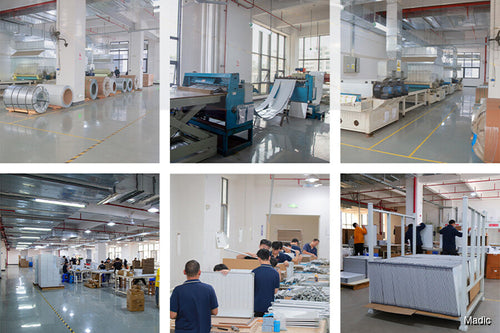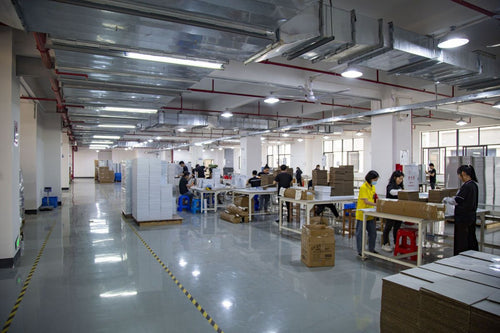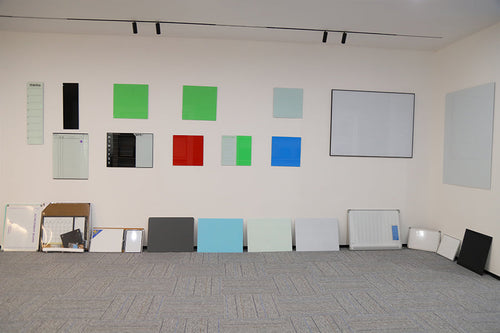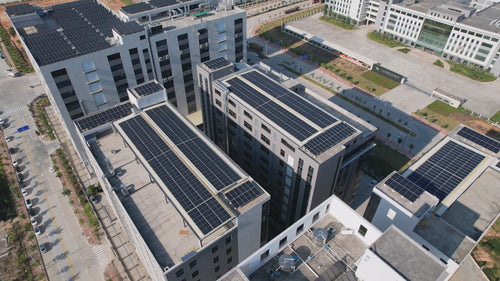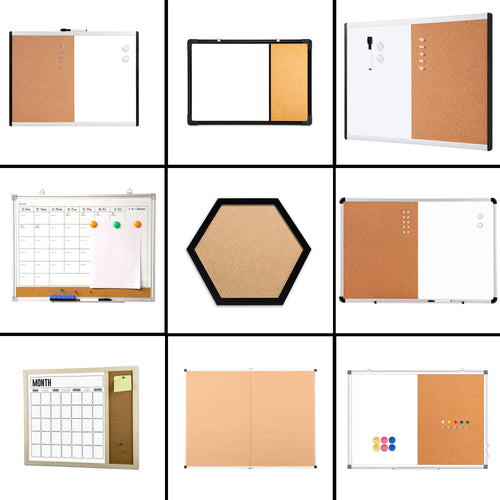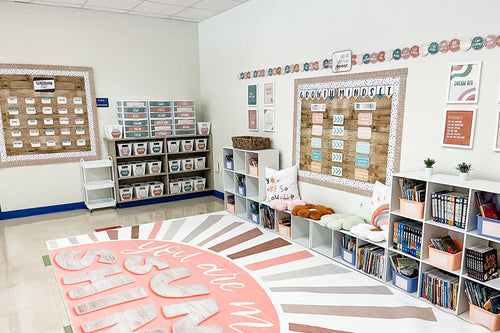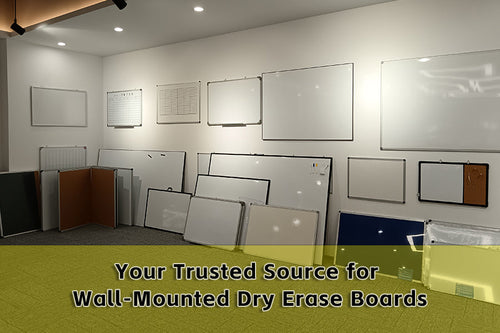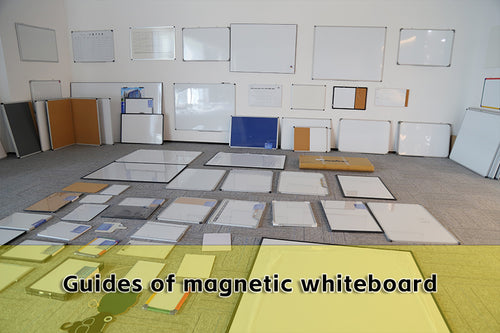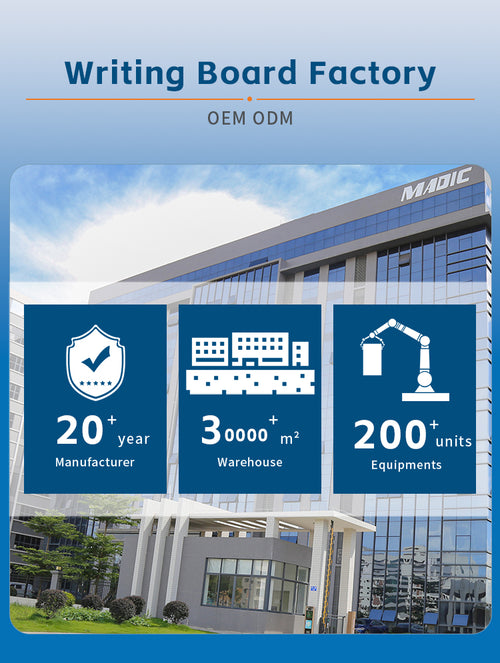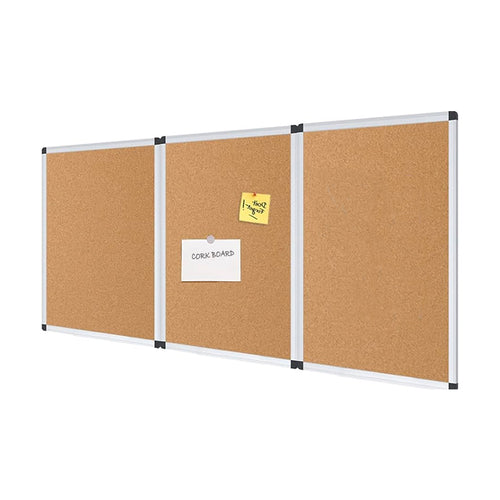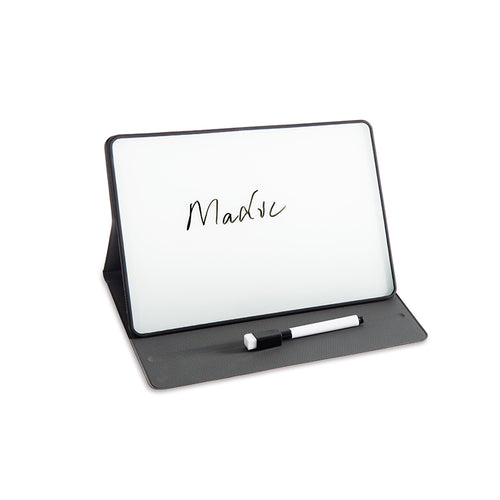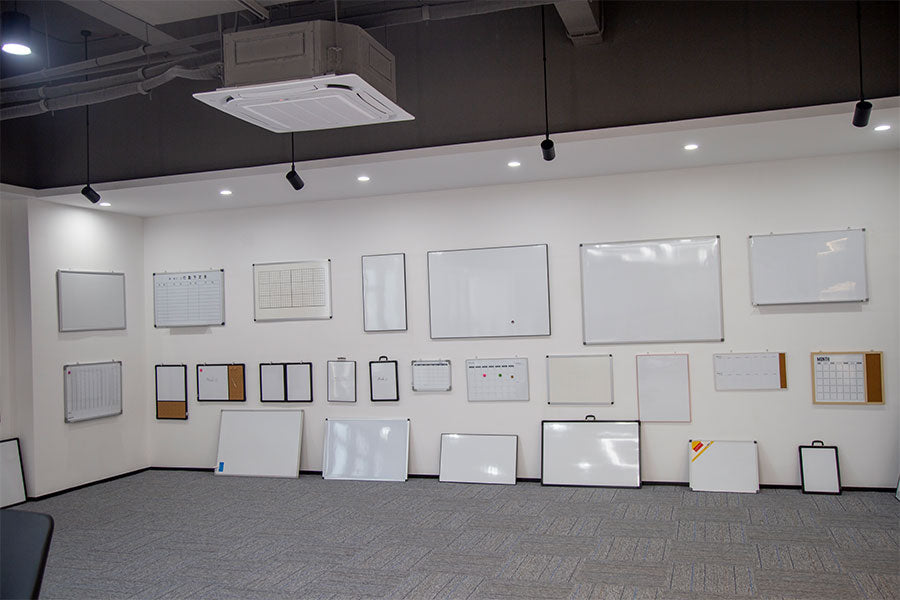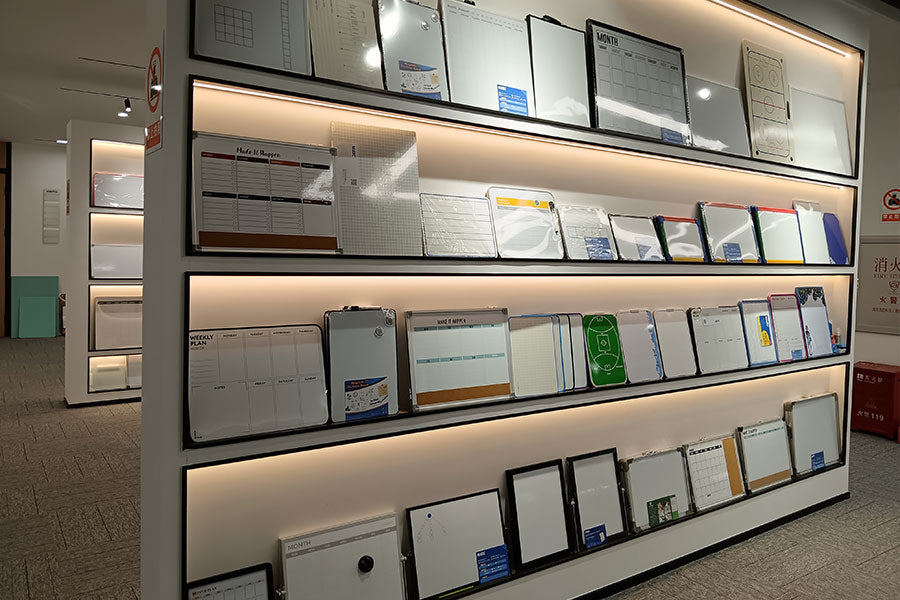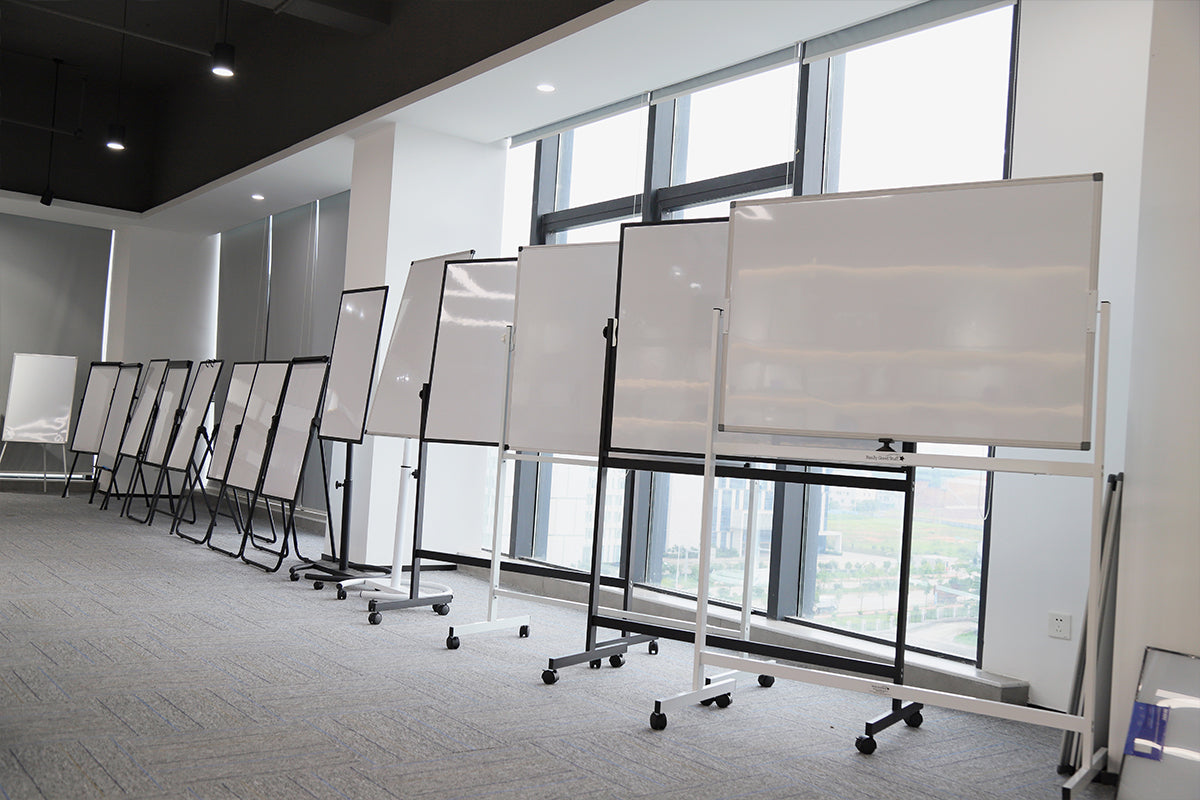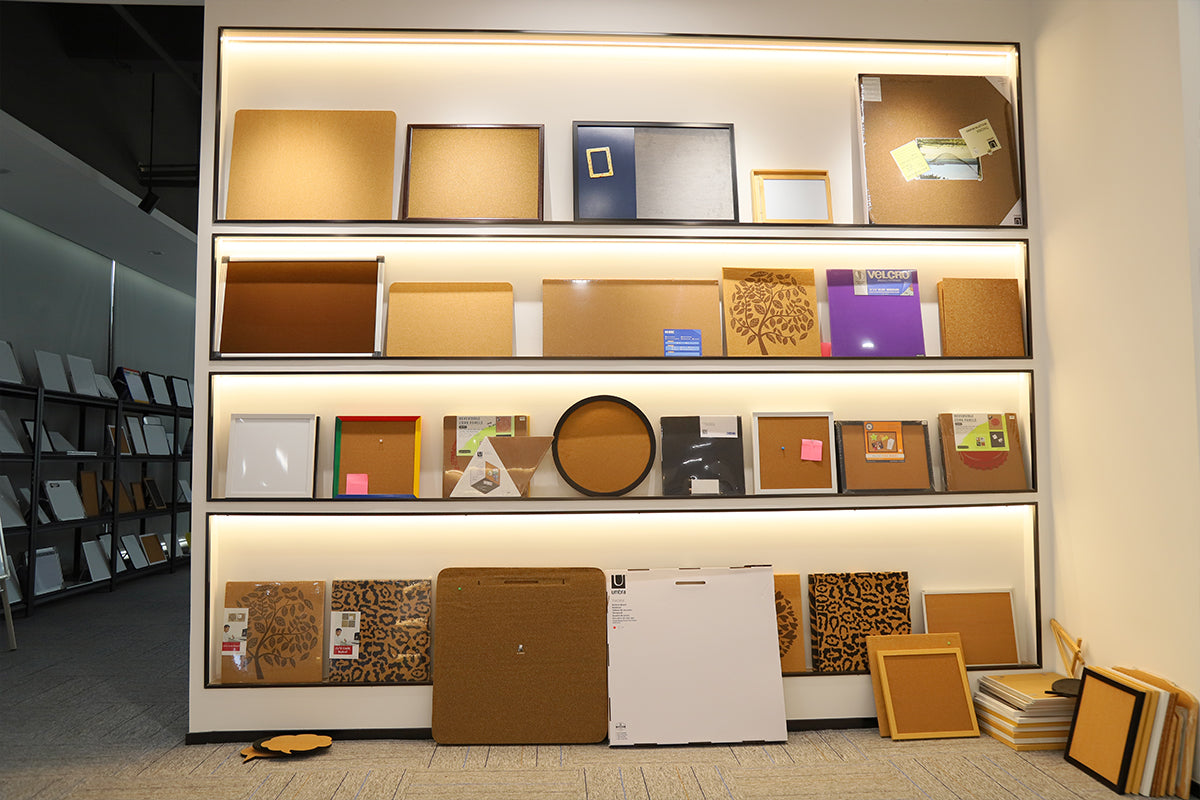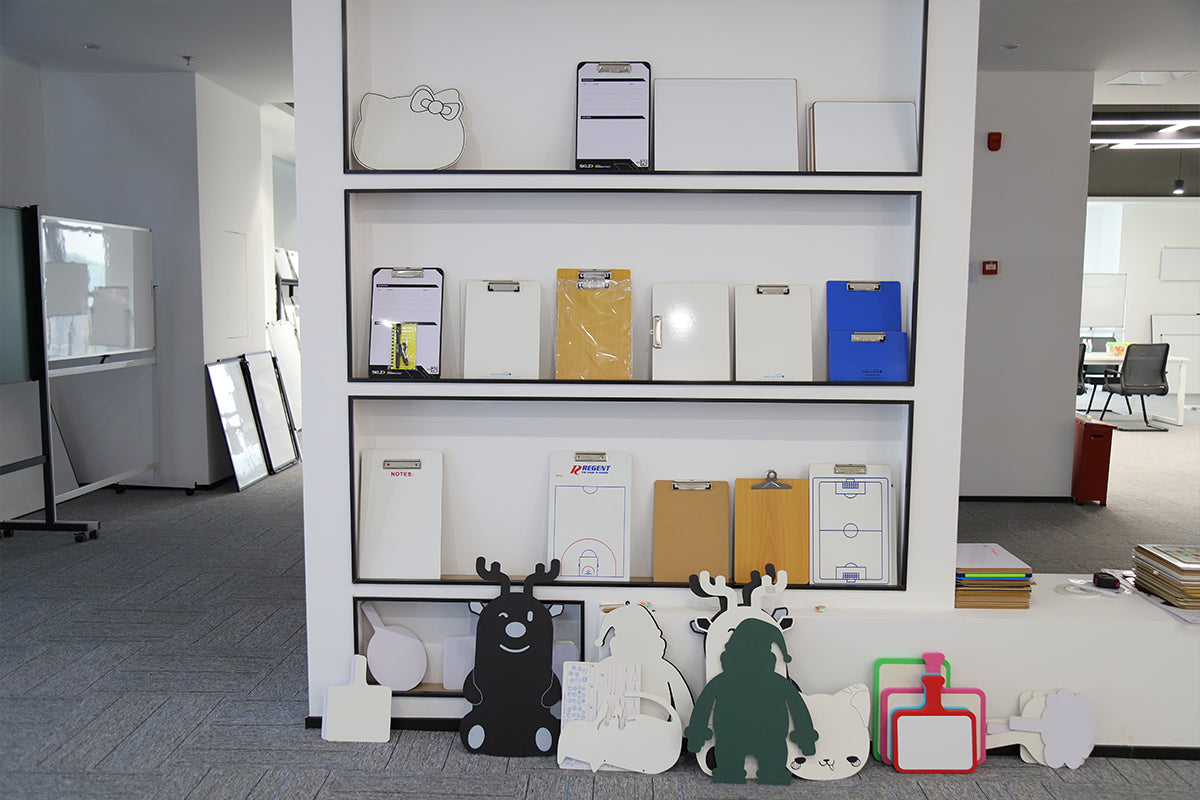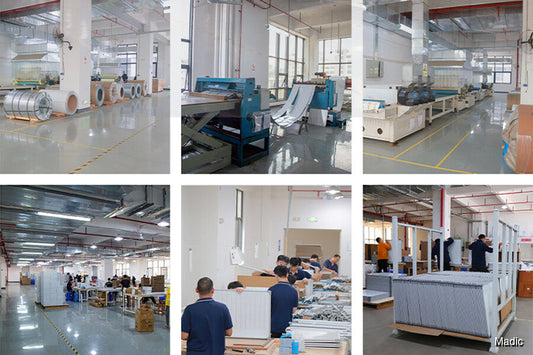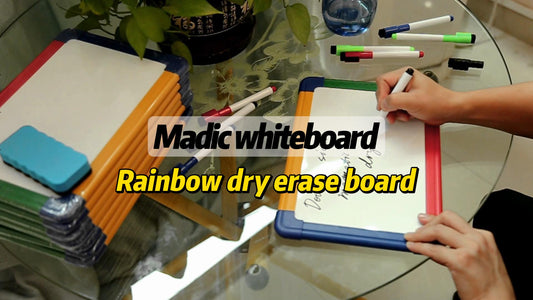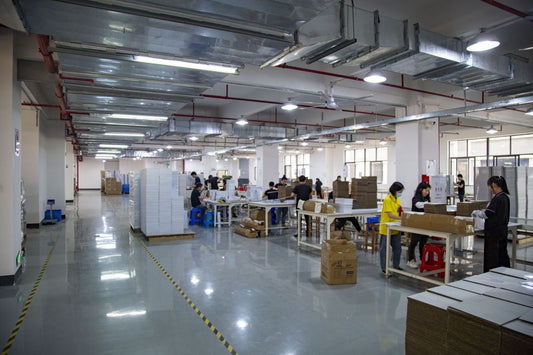What are the differences between cork board and white board
When it comes to choosing the right type of board for your needs, it's important to understand the differences between cork board and white board. Both options have their own unique features and benefits, and knowing which one is best suited for your specific requirements can make a big difference in your overall satisfaction. In this blog post, we will explore the characteristics of cork board and white board, so you can make an informed decision.
What is Cork Board?
Cork board, also known as bulletin board, is made from the bark of the cork oak tree. It is a natural and sustainable material that offers a range of advantages. Cork board is highly durable and self-healing, meaning that it can withstand repeated pinning and will not show unsightly holes. It is also resistant to moisture, mold, and mildew, making it an excellent choice for humid environments. Additionally, cork board has excellent sound-absorbing properties, making it ideal for use in offices, classrooms, and other spaces where noise reduction is important.

What is White Board?
White board, also known as dry erase board, is a smooth, glossy surface that can be written on with dry erase markers and easily wiped clean. It is typically made from melamine, porcelain, or glass. White boards offer several advantages over traditional chalkboards. They are easy to clean, do not produce dust, and do not require chalk or erasers. White boards are also more versatile, as they can be used for writing, drawing, and projecting images. They are commonly used in classrooms, offices, and meeting rooms.

Key Differences
Now that we have a basic understanding of cork board and white board, let's explore the key differences between the two:
1. Material: Cork board is made from natural cork, while white board is made from melamine, porcelain, or glass.
2. Functionality: Cork board is primarily used for pinning notes, memos, and other documents, while white board is used for writing, drawing, and projecting images.
3. Maintenance: Cork board requires minimal maintenance, while white board needs to be regularly cleaned and maintained to prevent ghosting or staining.
4. Durability: Cork board is highly durable and self-healing, while white board can be prone to scratches and stains.
5. Aesthetics: Cork board has a natural and rustic appearance, while white board has a sleek and modern look.
Conclusion
Choosing between cork board and white board ultimately depends on your specific needs and preferences. If you require a surface for pinning documents and prefer a natural and rustic look, cork board is the way to go. On the other hand, if you need a versatile surface for writing, drawing, and projecting images, white board is the better choice. Consider the functionality, maintenance, durability, and aesthetics of each option to make an informed decision that suits your requirements.

